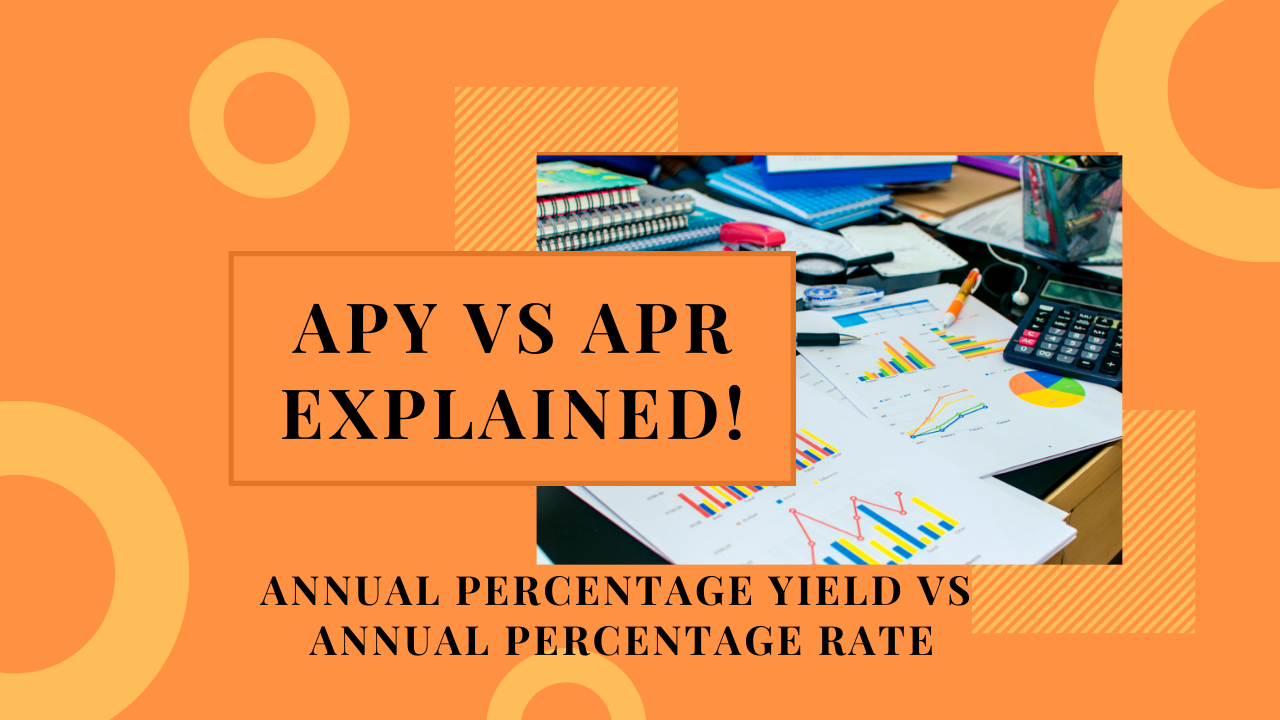Physical Address
304 North Cardinal St.
Dorchester Center, MA 02124
Physical Address
304 North Cardinal St.
Dorchester Center, MA 02124

Economic Simplicity: What is the Difference Between APR and APY?
Hello, everyone! Welcome back to Economic Simplicity, where we break down complex financial concepts into easy-to-understand language. Today, we’re diving into two terms you might have seen when dealing with loans, credit cards, or savings accounts: APR and APY. What do they mean, and why are they important? Let’s find out!
Understanding APR
APR stands for the Annual Percentage Rate. It represents the annual rate charged for borrowing or earned through an investment, without considering the effect of compounding interest. Essentially, it’s a straightforward way to understand the cost of a loan or the return on an investment over a year.
Calculating APR
To calculate APR, you need the interest rate, and any additional fees associated with the loan. Here’s the formula:
APR = Total Interest + Fees divided by the Loan Principal times 100= APR %
This formula helps to present a clearer picture than just the interest rate alone because it includes other costs like origination fees.
And let’s break it down step-by-step:
Steps to Calculate APR:
This formula helps to present a clearer picture than just the interest rate alone because it includes other costs like origination fees.
Real-World Example of APR
Let’s say you take out a loan of $1,000 with an interest rate of 5% and an origination fee of $50. Over the course of a year, you would pay $50 in interest and $50 in fees, totaling $100.
Using our formula:
APR = 50 + 50 divided by1000times 100 = 10%
In this case, your APR is 10%, despite the interest rate being just 5%.
Understanding APY
APY stands for Annual Percentage Yield. It takes into account the compounding interest, which paints a more accurate picture of the total amount of interest earned or paid over a year.
Calculating APY
Unlike APR, APY considers the effect of compounding.
Here’s the formula for APY:
APY = 1 + (Periodic Interest Rate/N) N – 1
We can break this down into simpler steps:
Steps to Calculate APY:
Here’s the formula for APY:
APY = (1 + Periodic Interest Rate/N)N – 1
Where:
Real-World Example of APY
Suppose you have a savings account with a 5% interest rate, compounded monthly. To find the APY:
APY = (1 + 0.05/12)12 – 1 = 5.12%]
While the nominal interest rate is 5%, the APY gives a more accurate picture of your earning potential by including compounding, which in this case results in 5.12%.
Key Differences Between APR and APY
Compounding Interest
The main difference between APR and APY is that APR does not account for compound interest, whereas APY does. This makes APY a more accurate measure of the true cost of borrowing or the true return on investment.
Use Cases
Consumer Perspective
From a borrower’s perspective, it’s essential to be cautious of APR because it may look lower than the actual cost, especially if compounding is not considered. For savers, APY gives a better idea of how much they’ll earn because it includes interest on interest.
Example Comparison
Imagine two savings accounts:
Although both seem to offer the same rate, Account A’s APR does not include the compounding effect, making Account B more accurate in reflecting earnings.
Practical Tips
Borrowers
Savers
Conclusion
Understanding the difference between APR and APY is crucial for making informed financial decisions. APR gives you an idea of the cost of borrowing, while APY provides a more accurate picture of your investments by considering compounding interest. Always compare these figures when evaluating financial products to ensure you’re getting the best deal.
Check the description box below for a link to an online calculator if you’d like to do calculations of your own.